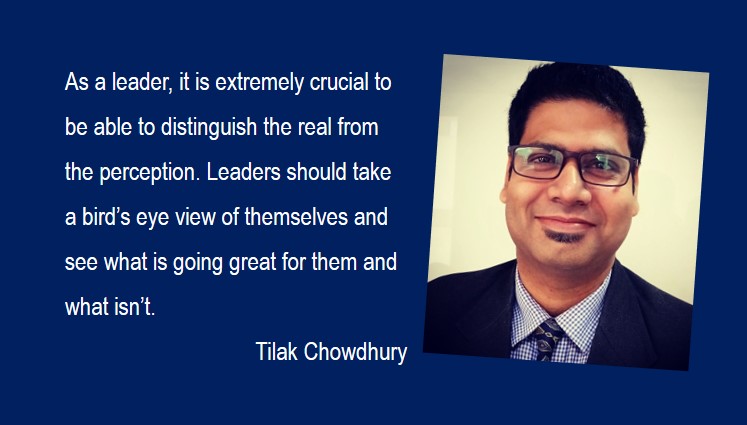It seems strange that some leaders are revered and some hated. Some can motivate millions with their address while some continue to work in the background, in spite of being immensely qualitied.
How can leaders have more effective communication? So that, they are able to create positive energy around which helps catalyzing more positive actions around them.
Let us first understand the stages of communication that all of us, including the leaders are constantly going through – consciously or subconsciously.
Stage one: The self-talk
It’s the messages we are constantly giving ourselves. Be it when in-front of the mirror and commenting on ourself, or forming opinions about ourselves based on our past experiences. These subtle messages, when given to the brain on a constant basis become our weakness or our strength, depending on what we tell ourselves. And that in turn gets ingrained in our thoughts that reflect in our speech or our body language.
Stage two: What we tell the world about us
Our opinions, our beliefs, our values and our vision tells the world what we stand for and what we don’t. Sometimes our actions speak louder than our words and unknowingly we send out messages which make the world develop a perception about us. And in today’s world of social media and digital communication, our actions spread like wild fire.
Stage three: What the world discusses amongst themselves about us
The world is a great magnifier. It magnifies and spreads the opinions it forms about us and then there is a mass judgement passed upon us that defines us in the minds of people. It may be that we are very different from the perception formed but then our voice becomes too feeble against the majority and that perception becomes the reality for us.
Stage four: What the world tells us about us
What the world tells us become the stimuli that demand a response from us. And the response is more often than not biased and based on the stimuli. If the stimuli are positive, we tend to think all the lies about us are true and we form a surreal image about ourselves thinking we are larger than life. If the stimuli are negative, we respond negatively which builds a lot of negativity inside us and over a prolonged period that negativity becomes us. And we become carriers of the negativity and start infecting it in our self-talk. And then the whole cycle starts colored by the world’s opinion about us.
So what can we do to prevent the negativity or false positivity?
Develop reality filters:
As a leader, it is extremely crucial to be able to distinguish the real from the perception. As a leader, we should be able to have a bird’s eye view about ourselves and see what is going great and what isn’t. What the world offers us should be taken with a pinch of salt. And once we have found out the truth, let us find ways to accentuate what’s going good and find ways to eliminate or mitigate what is not.
Consciously stop negative thoughts:
Everyone is prone to negativity. The leaders however, must know how to stop these negative feelings and substitute them with positivity. Only when they are able to do it successfully for themselves can they spread the same positivity below the rungs. Not just that, they can slowly then become the absorbers of negativity in the teams.
Convert negative experiences into positive lessons:
Every one of us has had some experiences which are not positive. These experiences have made us develop certain preconceived notions about ourselves. Many of these conditions we have grown out of and some are work in progress. We need to consciously analyze these situations and try to remember the positive lessons we have learnt from those experiences so that we remember them as scars with interesting stories rather than unhealed wounds with painful past.
Spread positivity:
Every day in every way consciously try to spread positivity through your actions and through your words. Spend time doing activities that make you feel positive and energize you. When you are positive and happy it glows in your eyes and your thoughts and it starts the whole positive cycle of communication.
The views expressed here are that of the author and do not necessarily reflect that of Reputation Today.







Be the first to comment on "The four stages of Leadership Communication"